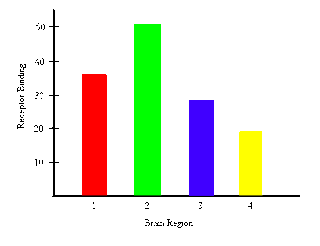this is a Uca pugnax
Kingdom - Animalia ( means its an animal ).
Phlyum - Arthropoda ( means its an invertebrate animal having an exoskeleton ).
Class - Malacostraca ( the largest of the 6 classes , includes crabs, lobsters , shrimp, etc ).
Order - Decapoda ( means it has 10 feet ).
Family - Ocypodidae ( means its in the family of crabs , that includes ghost crabs ).
Genus - Uca ( its a group of over 100 species ).
Species - ( U. pugnax ) There are man species of Uca , over 100 crabs.
The other members of my group picked a fish , shrimp and jelly fish. These animals are similar because they all are sea animals , but my animal can be on land.
My animal is special because one of its claws is bigger than the other giving it a distinct look. There are over 100 species of fiddler crabs.









